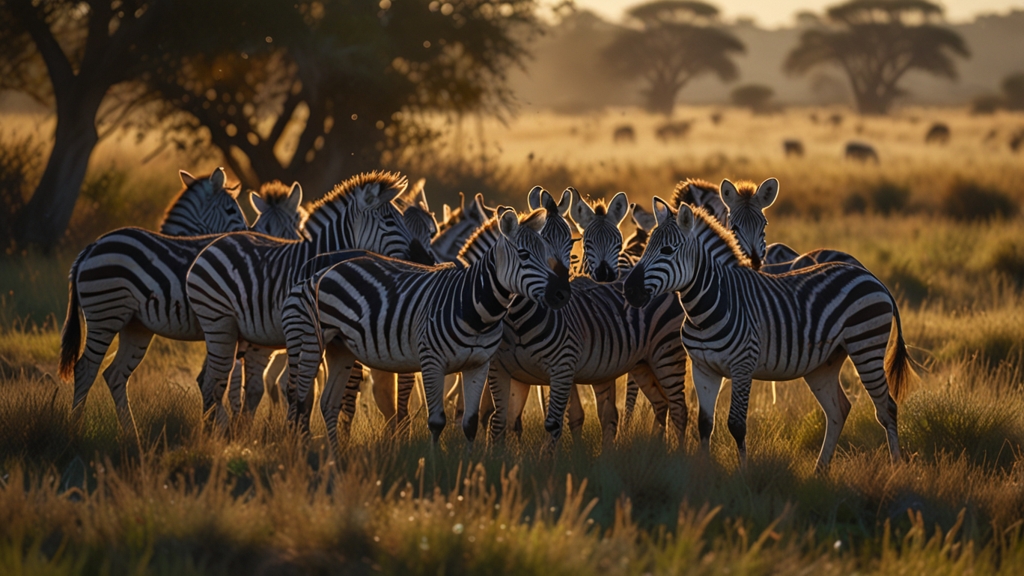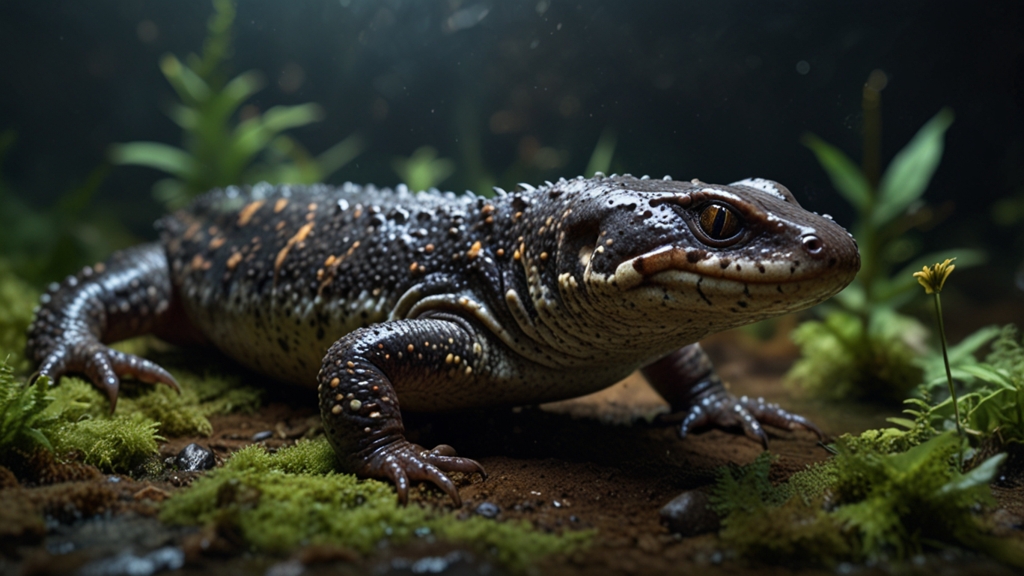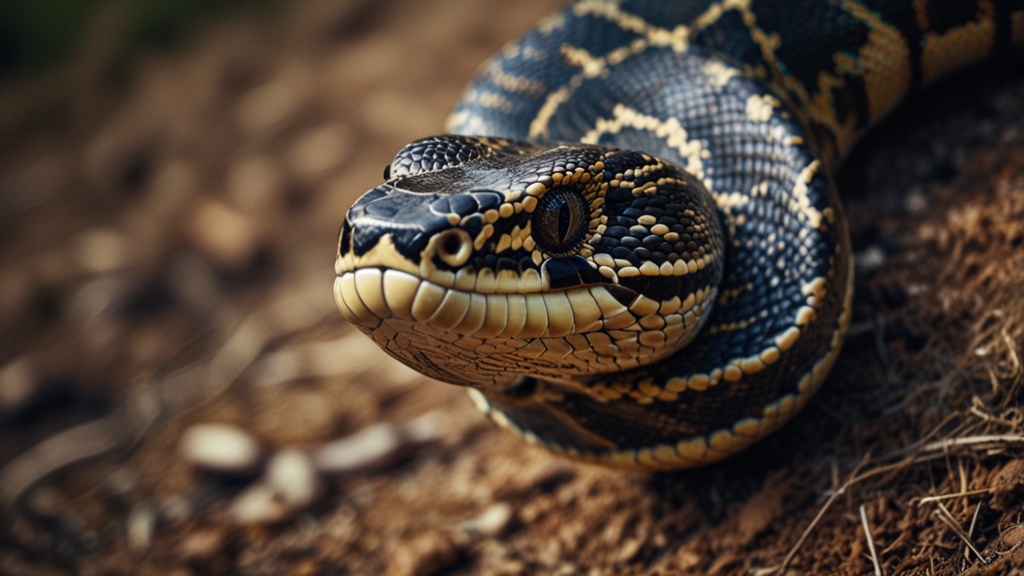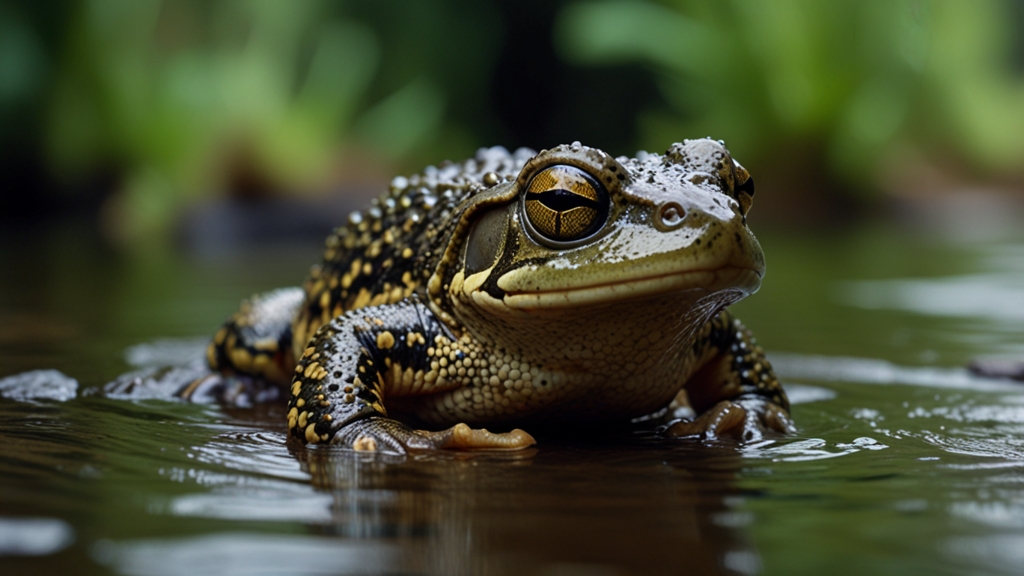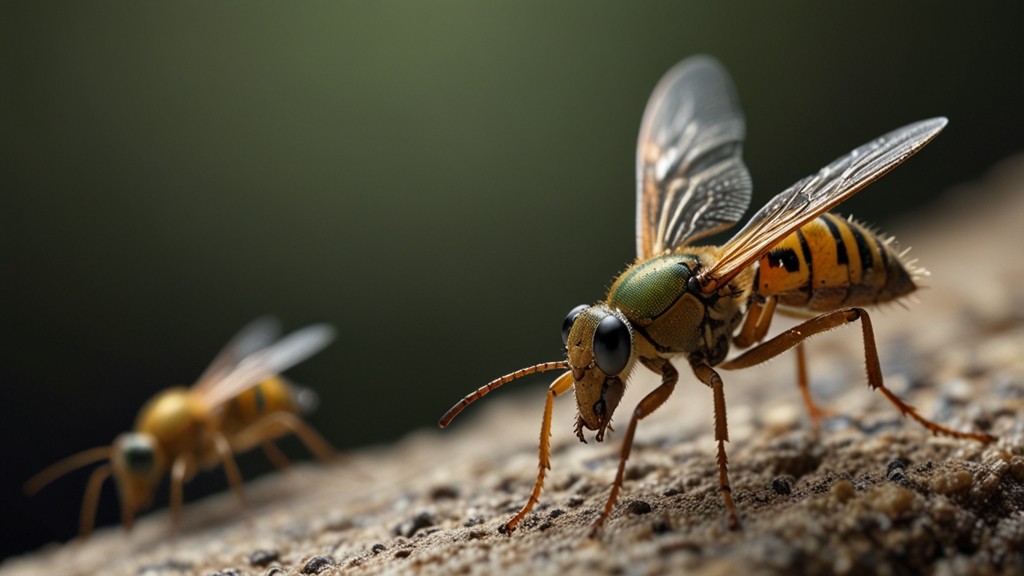Why Do Animals Gather in Groups? The Science Behind Socialization
From flocks of birds flying in synchronized patterns to schools of fish darting through the ocean in harmony, the animal kingdom provides countless examples of social behavior. The phenomenon of animals gathering in groups is not only fascinating but also deeply rooted in evolution. This article delves into the scientific reasons behind animal socialization and the benefits these behaviors confer.
Safety in Numbers
One of the most evident reasons animals gather in groups is survival. The "safety in numbers" principle states that living in groups reduces an individual's chance of being singled out by predators. This form of protection is vital in animal species living in environments where they are potential prey.
"Imagine a single zebra versus a herd of zebras. The single zebra is far more likely to be spotted and hunted by a predator than one hidden among many," explains Dr. Laura Williams, a wildlife biologist.
Moreover, the presence of many individuals means that there are more eyes and ears to detect danger. Alarm calls, shared vigilance, and mobbing behavior can help deter predators and protect the group.
Enhanced Foraging Efficiency
Foraging is another critical aspect where social living provides significant benefits. When animals search for food in groups, it increases the likelihood of locating resources. For example, a pack of wolves hunting together can tackle larger prey than a lone wolf. Similarly, a flock of birds can cover a more extensive area when searching for food.
It's not just about locating food; sharing information about food sources is equally essential. Animals that live in groups can share knowledge about productive feeding areas, reducing the time and energy expended searching for sustenance.
Breeding and Reproduction
Social structures in animal groups often play a critical role in breeding and reproduction. Many species show complex mating systems where group living enhances reproductive success. For example, in primates like baboons, social hierarchies determine mating opportunities, ensuring that the strongest genes are passed on to the next generation.
"In many bird species, group living facilitates communal nesting and cooperative raising of young, increasing the survival rate of offspring," notes Dr. James Miller, an ornithologist.
Additionally, living in groups can provide better protection and resources for raising young, ensuring that more offspring survive to adulthood.
Social Learning and Culture
Animals in groups have the opportunity to learn from one another, a phenomenon known as social learning. This type of learning allows the transfer of knowledge and behaviors from one individual to another, facilitating the spread of innovation and culture within the group.
For example, chimpanzees have been observed using tools to extract termites from mounds. Younger chimpanzees learn this behavior by observing older individuals. Similarly, certain whale pods have unique songs and hunting techniques that are passed down through generations.
Energy Efficiency
Sonar isn't the only coordinated action animals perform in groups. In the air, V-formations of migrating birds save energy by exploiting aerodynamic effects, where the upwash vortices created by the wings of the lead bird provide lift to the birds trailing behind. This energy-efficient traveling method allows them to cover greater distances.
Swimming in a coordinated group also offers hydrodynamic benefits for fish. By swimming close together, fish can reduce the water resistance each individual experiences, allowing them to conserve energy over long distances.
Societal Structures and Roles
Complex societal structures are not just limited to humans. Many animal groups have defined roles and hierarchies that enhance the group's overall functionality. Ant colonies and bee hives are stellar examples where different individuals perform specialized roles, from foraging and defending to reproducing and nurturing the young.
These roles and hierarchies ensure that the group operates like a well-oiled machine, optimizing the chances of survival for individuals and the colony as a whole.
Conclusion
The diverse and intricate reasons animals gather in groups highlight the evolutionary advantages of socialization. From enhanced protection and increased foraging efficiency to complex societal roles and cultural transmission, group living offers numerous benefits that bolster survival and reproductive success. As researchers continue to study these phenomena, we gain deeper insights into the sophisticated behaviors that make the animal kingdom so endlessly fascinating.
